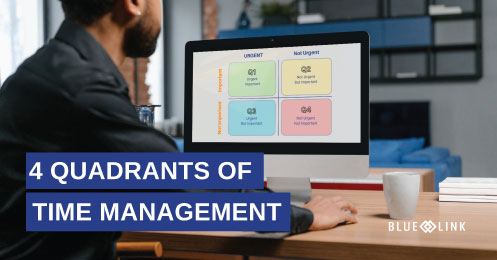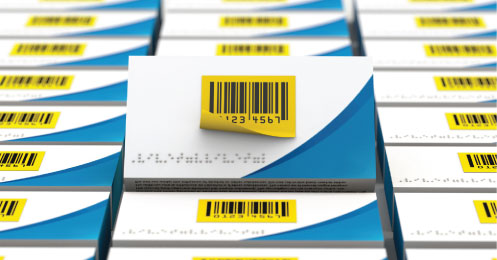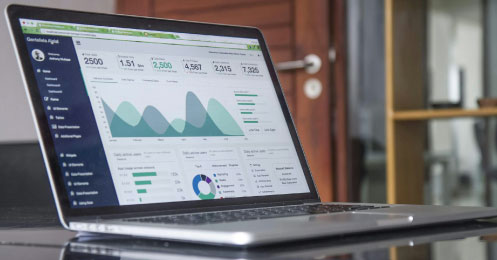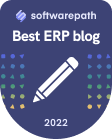The food distribution industry is very unique in a number of different ways. With numerous standards and regulations set by governing bodies in place, as well as an overall level of quality that must be upheld to customers, it is important to employ a software program designed specifically for food wholesalers and distributors with the right accounting functionality. Most enterprise-level software packages have similar standard inventory and accounting functionality that users have come to expect as part of a true ERP software system.
However, it is the additional food industry specific features such as lot tracking, landed cost tracking, multiple units of measure, and flexible pricing that make a system optimized for the food industry. In addition, there are different complexities based on the type of food products you sell and which customers you serve. This post helps to clarify the different software options and outlines key features to look for in food distribution software programs.
How a true food distribution accounting system can help
A "true" food distribution accounting is really included as part of Wholesale Food Distribution software but there are a few accounting tips to ensure you remain a growing business.
Management: Food distributors looking to scale their business should be using a true accounting system that allows them to manage contract pricing, manage cash flow and expense tracking.
Reconciliation: A true accounting system will allow users to conduct regular (monthly or quarterly) reconciliation. Regular reconciliation emphasises discrepancies and ensures accuracy of financial reports.
Customer Credits: The food distribution accounting software should also include lite contact management where you can manage customer credits. Wholesale business often sell in large quantities and accept payment long before or after delivery requiring credit management.
Why ERP is the answer
ERP Software or Enterprise Resource Planning software is designed as an all-in-one system that includes all of the above accounting functionality plus more.
Not only does ERP Software include accounting, it typically includes inventory management, lot and landed cost tracking, warehouse management. Tracking inventory along with managing accounting activities is vital to the food distribution industry as accurate inventory counts will directly impact your accounting statements.
ERP software also has excellent record keeping and reporting tools at your disposal. With the ability to generate and review financial statements, you can make data driven business decisions in order to grow.










